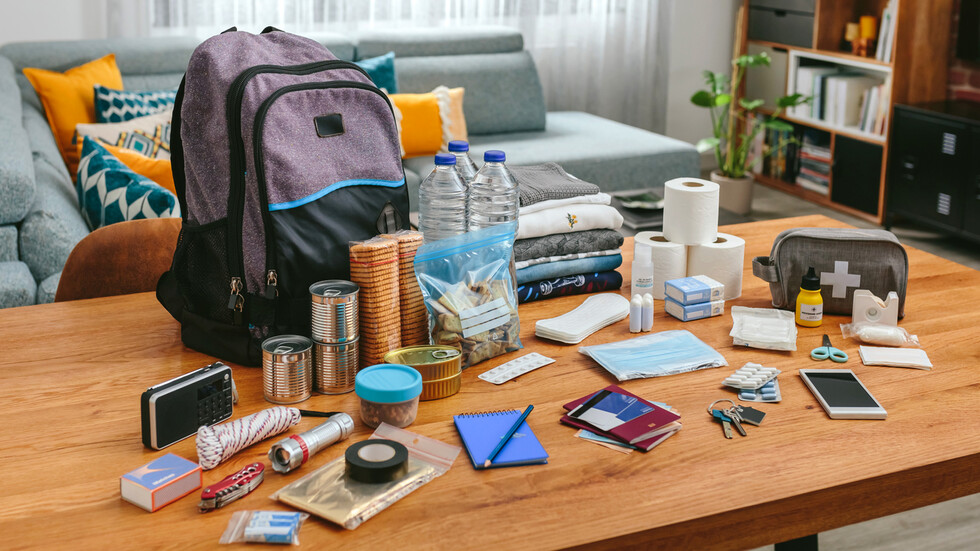Par Ugo Maillard
Published on
Is Grenoble “full of very cubic, very gray buildings”, as it says this user ? For many inhabitants of the capital of the Alps, the city would be bland, gray and colorless. A criticism that the town hall understands, but that it fights firmly.
Margot Belair, urban planning assistant, answers our questions about facades, new constructions and renovations in Grenoble.
White and gray: easy solution
“Is gray the color of Grenoble? No, but it tends to become so”. Philippe de Longevialle was assistant town planner from 2008 to 2014 at the town hall. He “fought” so that the architects in charge of construction in Grenoble ” abandon gray and white« .
“The architects proposed white and gray buildings since they are cheaper and easier to build,” recalls the former elected official toGrenoble newsbefore continuing: “I was not very well received as I complicated their task, but with each new element, I asked them for facades in red or green”.
While the city center and the quays have been built with color, certain areas of the city have opted for white concrete buildings, especially on the main boulevards.
The project: heart of town, heart of agglomeration
During his tenure, Philippe de Longevialle undertook the heart of the city and heart of the agglomeration project. A way to develop color in Grenoble via the ground, street furniture or vegetation.
A total of 550 renovations of building facades were carried out, mainly in the city centre.
Philippe de Longevialle has some reservations about the continuation of this work by the municipality of Éric Piolle: “I can understand that the facades are not the priority compared to cycle paths for example, but it’s a shame”.
Compliance with construction dates
Same question, same answer: “I don’t think Grenoble is a gray city, but I can understand some criticisms”. Margot Belair is an urban planning assistant in the municipality headed by Éric Piolle. It evokes an important point: the dates of construction.
If Margot Belair says she is in favor of the development of colors on the buildings of Grenoble, she wishes to include it in a framework.

“During a facelift, the City offers a palette of colors that respects the periods of construction. It makes no sense to repaint the buildings on the Grands Boulevards in blue, ”said the elected official.
The town planning assistant adds that for constructions “black buildings are systematically refused”.
What about revegetation?
Margot Belair does not fail to mention the Presqu’île district where innovative and original constructions are multiplying. “This district has a pristine environment so we could propose new types of buildings, but concrete is part of the history of the city”.
Repainting facades is a no-no: is revegetation becoming the solution? “We try to green the facades as much as possible, but it’s not easy,” confesses Margot Belair.
Concrete is part of the city’s history
cost and maintenance frighten condominiums and real estate developers. This is why the elected official in charge of urban planning calls on residents to green their balconies on their own.
Regarding the levers of the town hall, Margot Belair is campaigning to integrate the obligation to revegetate in the RAIN (Local intermunicipal urban plan). A way for the ecological municipality to make Grenoble a green city.
Follow all the news from your favorite cities and media by subscribing to Mon Actu.


